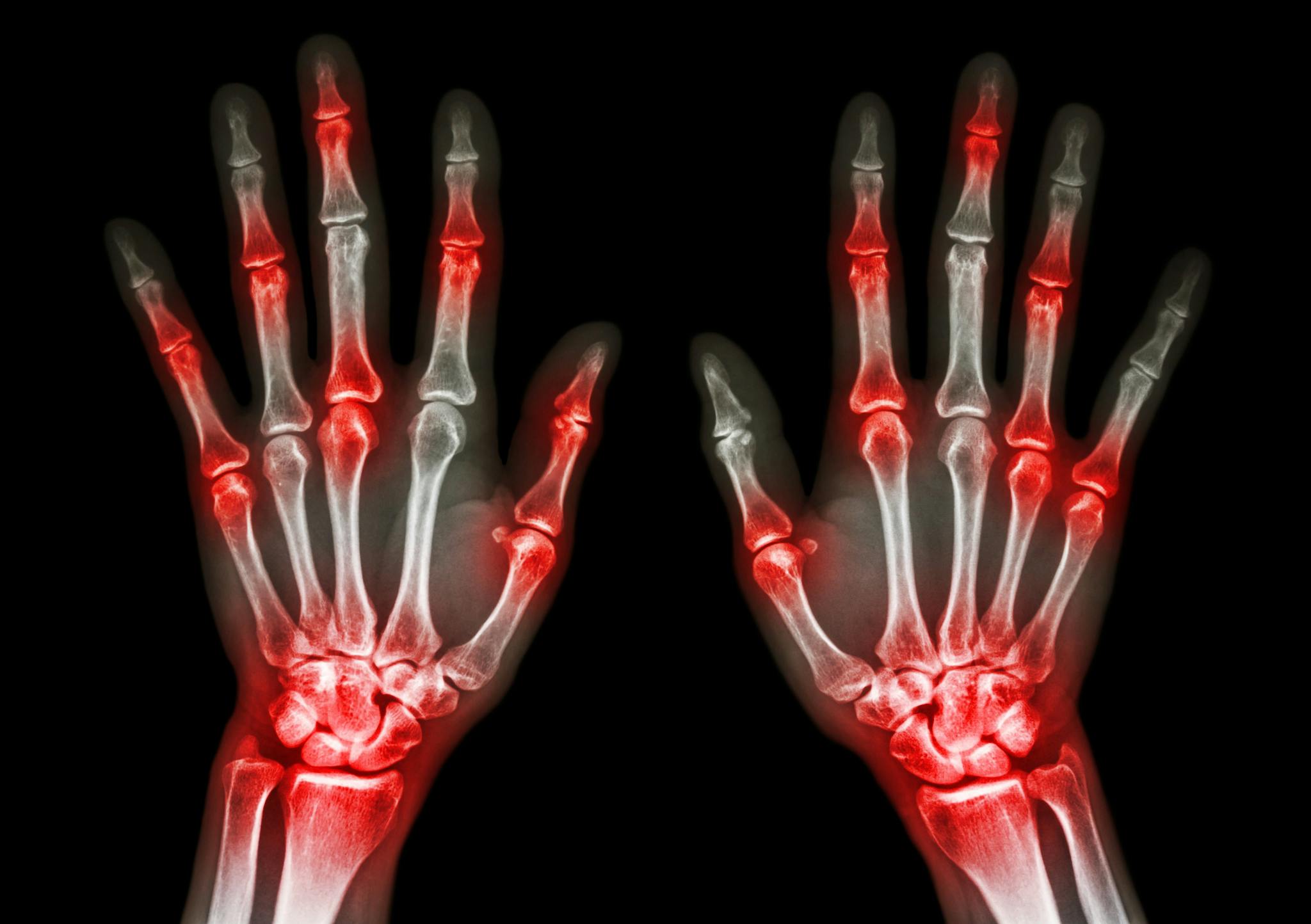
2025-06-10T13:54:10
Understanding Skin Grafts
- Dermatology
- Family Medicine
- Internal Medicine
- Orthopedics
March 6, 2017 | Family Medicine
Specialties:Family Medicine

Several parts of the body naturally wear down as we age, especially the joints that help connect our bones. When these joints become inflamed or damaged over time, arthritis can develop.
Arthritis is a progressive condition that tends to get worse over time and is associated with many painful symptoms that can sometimes accompany aging. Some of the more common types are present, to some degree or another, in nearly half of all people by the time they reach age 65.
Because it is so common, many adults are aware of the condition. This awareness is a good thing—while there are some factors you can’t control, there are several others that you can control. Here’s a look at the basics of arthritis, and some ways you can put yourself in a good position to avoid symptoms as you get older.
There are over 100 different types of arthritis, but many of them are rare. There are two primary types that are more common, though:
Symptoms for these types of arthritis, and many others, range from general pain and stiffness to swelling, redness and a reduction of mobility.
You can do several things to lower your risk of developing symptoms of arthritis. However, there are also several factors outside your control that might raise your risk. Risk groups include:
Because they’re at a higher risk, people who fall under any of these categories may benefit even more from some positive, preventive habits.
Risk levels differ among individuals, but there are several areas you can address to help lower your risk:
For those who do develop it, there are several treatment methods available. These range from medications to surgery, and some people have found success with massage and other forms of alternative medicine. If you’re demonstrating early signs of arthritis or experiencing joint pain, speak to your doctor about treatment and prevention options.
“Types of Arthritis.” Arthritis Foundation. http://www.arthritis.org/about-arthritis/types/
“Arthritis.” The Mayo Clinic. http://www.mayoclinic.org/diseases-conditions/arthritis/home/ovc-20168903
“Osteoarthritis Prevention.” WebMD. http://www.webmd.com/osteoarthritis/guide/osteoarthritis-prevention-1#2
WRITTEN BY:
The Live Better Team

2025-06-10T13:54:10

2025-04-24T14:00:43

2025-03-10T14:24:39

2025-01-21T10:28:42
This information is not intended to replace the advice of a medical professional. You should always consult your doctor before making decisions about your health.